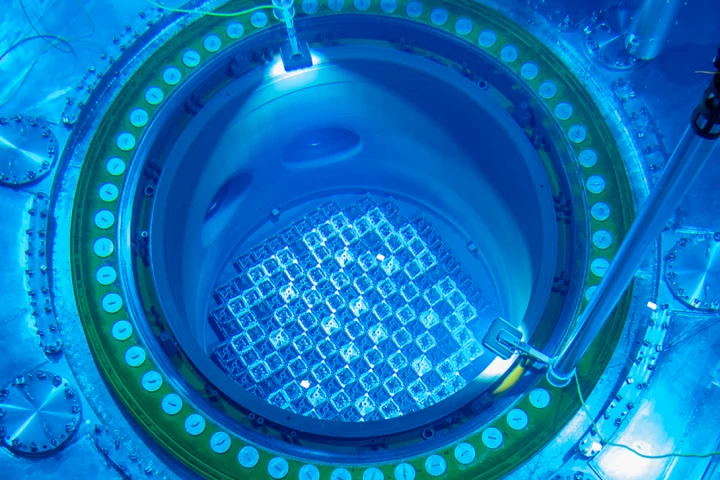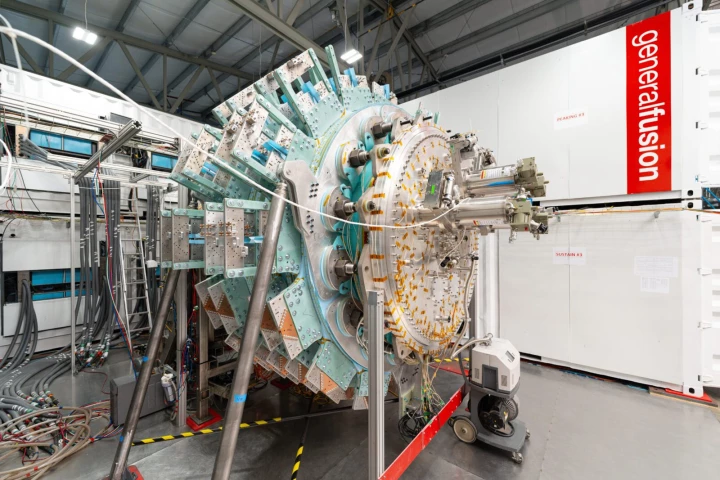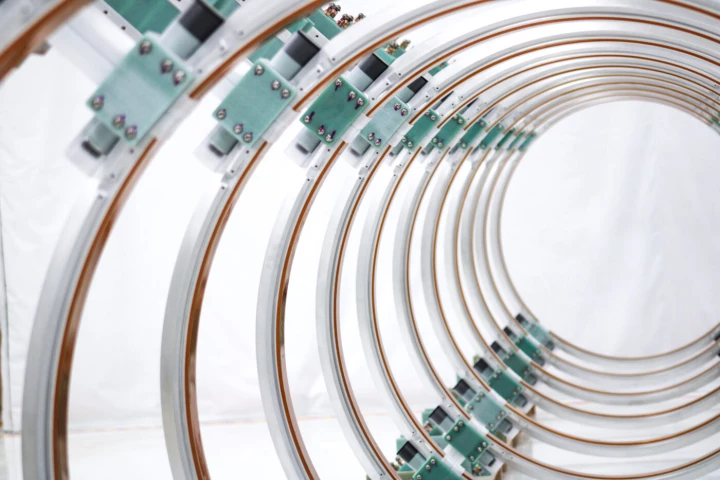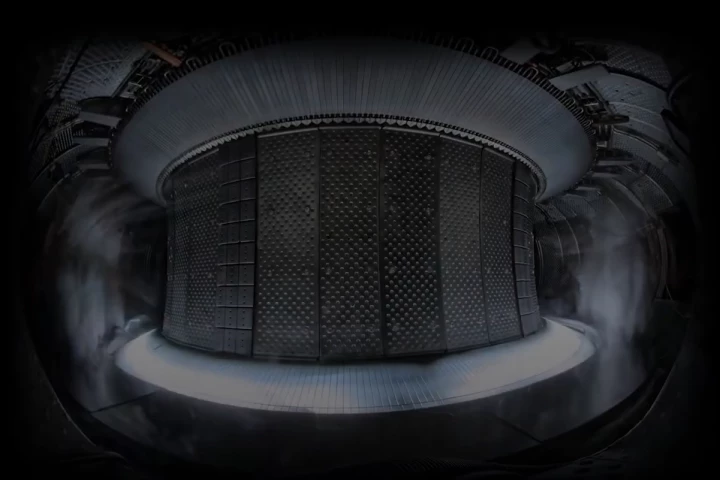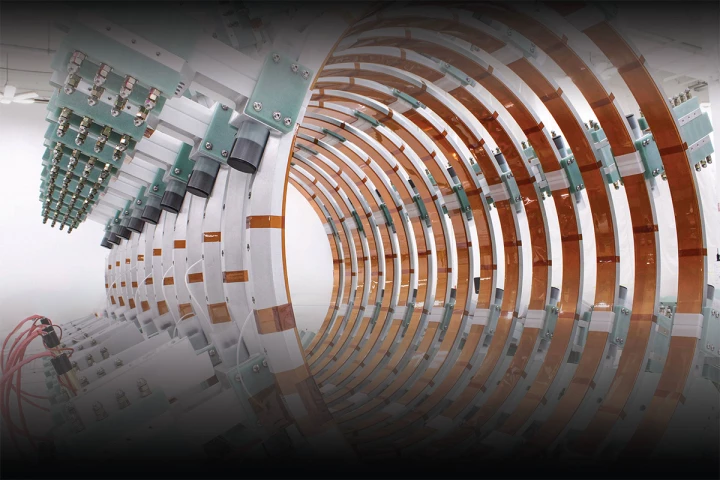Nuclear
-
In a major milestone for modular nuclear power on the way to the mainstream, the US Department of the Air Force has issued a Notice of Intent to Award (NOITA) to Oklo that may lead to the construction and operation of a military reactor in Alaska.
-
A US nuclear reactor has switched from Regular to Premium fuel with Southern Nuclear inserting four Lead Test Assemblies (LTAs) into the Vogtle Unit 2 reactor in Waynesboro, Georgia that contains uranium enriched above 5% – a US commercial first.
-
Moving toward an operational molten salt nuclear reactor in the next decade, Southern Company and the Idaho National Laboratory have completed the inaugural run of a first-of-its-kind test bed to foster rapid development of the technology.
-
Researchers at Korea's Daegu Gyeongbuk Institute of Science & Technology have created a nuclear battery that could turn radiation directly into electricity for decades – but without all the scary stuff associated with nuclear radiation.
-
The Idaho National Laboratory (INL) has cleared a major hurdle in making a Generation IV nuclear reactor practical. Using a new process, a team has developed a new way of processing fuel efficiently for cutting-edge molten salt reactors.
-
General Fusion has been working on its unique approach to producing clean energy for two decades, and it's now got something major to show for it. The company has created plasma in its prototype reactor – a major milestone in proving its technology.
-
A pair of extraordinary space missions that have been headed out of the solar system for almost half a century are getting a new lease on life as NASA engineers order the Voyager 1 and 2 deep-space probes to shut down two instruments to save power.
-
Helion is inching closer to its goal of firing up the world's first fusion reactor to produce usable electricity. It's currently considering a property in the city of Malaga, Washington, to set up a 50-MW facility and power Microsoft's data centers.
-
UK-based Core Power has announced that it plans to mass produce a fleet of floating nuclear power plants (FNPPs) using advanced reactor design and modular shipbuilding to be anchored off the US coast in about 10 years.
-
France has upped the ante in the quest for fusion power by maintaining a plasma reaction for over 22 minutes – a new record. The milestone was reached on Feb. 12 at the Commissariat à l'énergie atomique et aux énergies alternatives WEST Tokamak reactor.
-
Helion just raised $425 million in fresh funding for its bid to be the first to produce electricity through nuclear fusion. That brings the total investment into Helion to $1 billion, and it's aiming to begin delivering power to Microsoft by 2028.
-
Since founding TerraPower in 2008, Bill Gates has had his eye on developing a safe, efficient, and clean next-gen nuclear plant. That project, called Natrium, has already broken ground in Wyoming and has just leaped over a critical hurdle.
Load More

